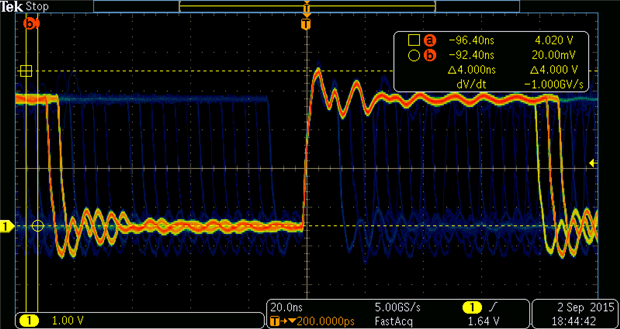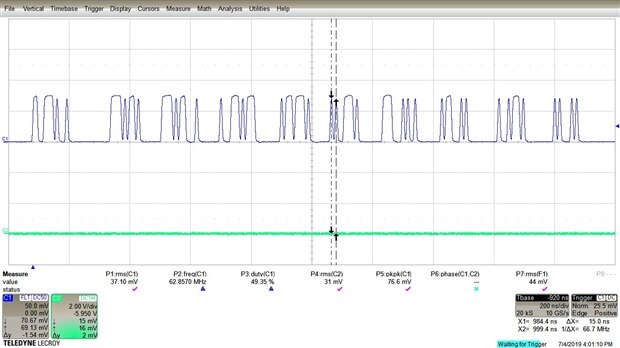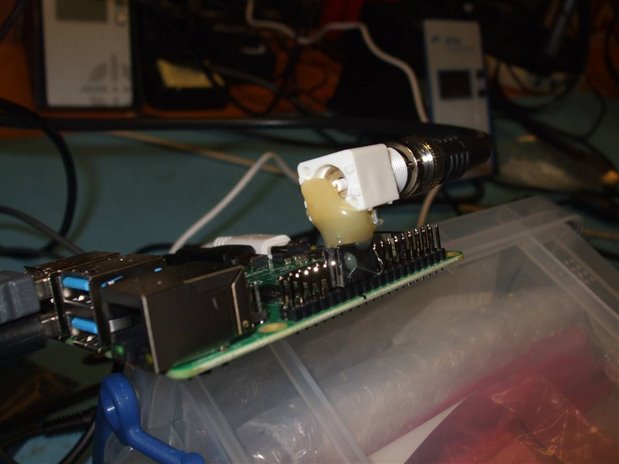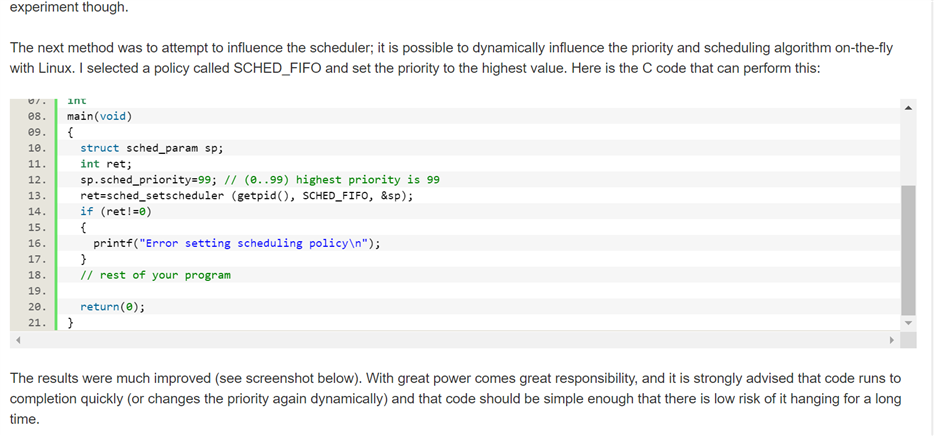We have a couple of these in the office that we can run software / test some things on - so what would you like to see tested on the hardware that would help to swing the decision for you as to whether or not it's worth it?
I've seen a few questions about Sega Rally running on MAME, questions about h264 encoding, realtime transcoding - for some of these I'd have to find the software/setup but it's certainly do-able.
So let me know, what do you want to see tested on the Pi 4?











